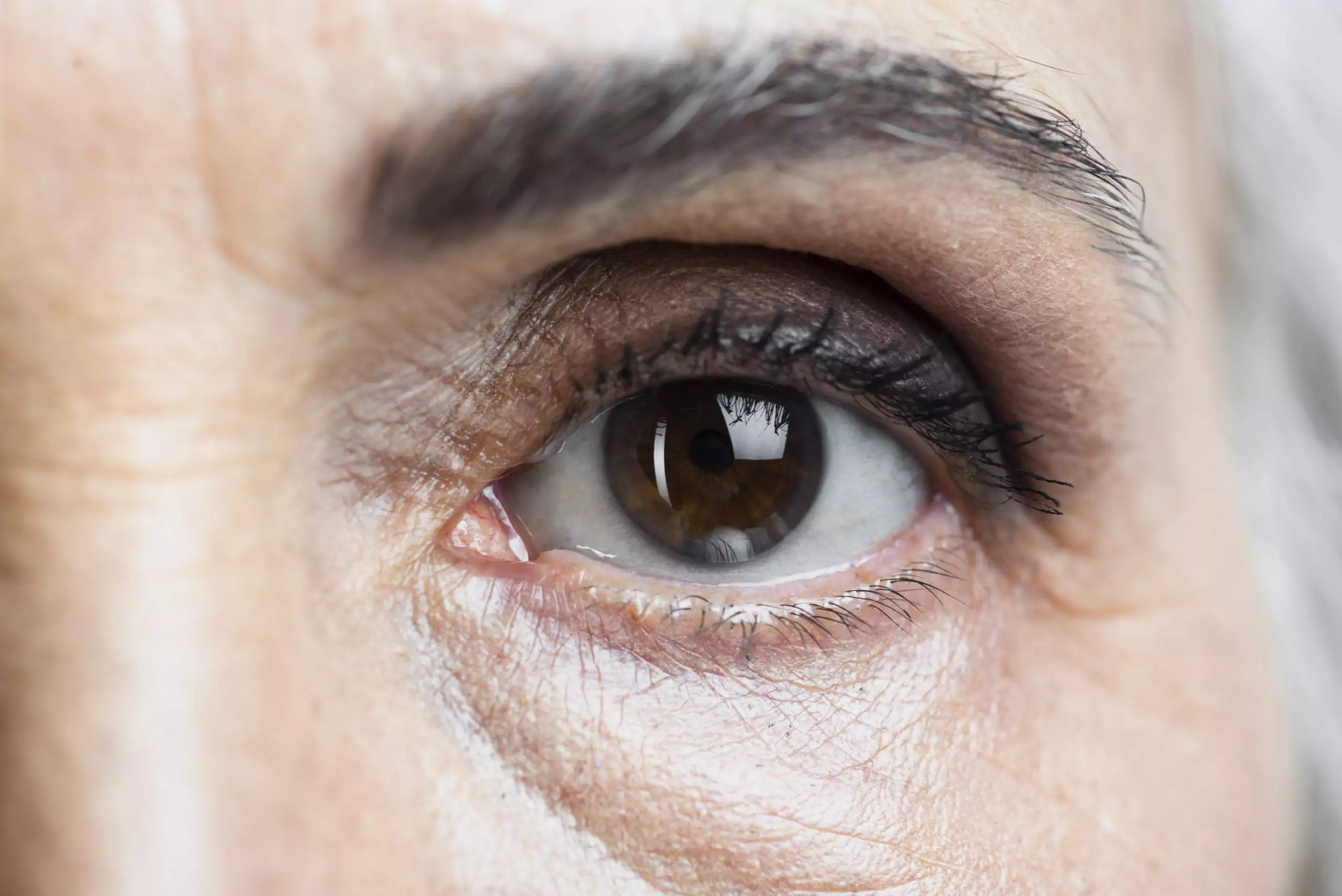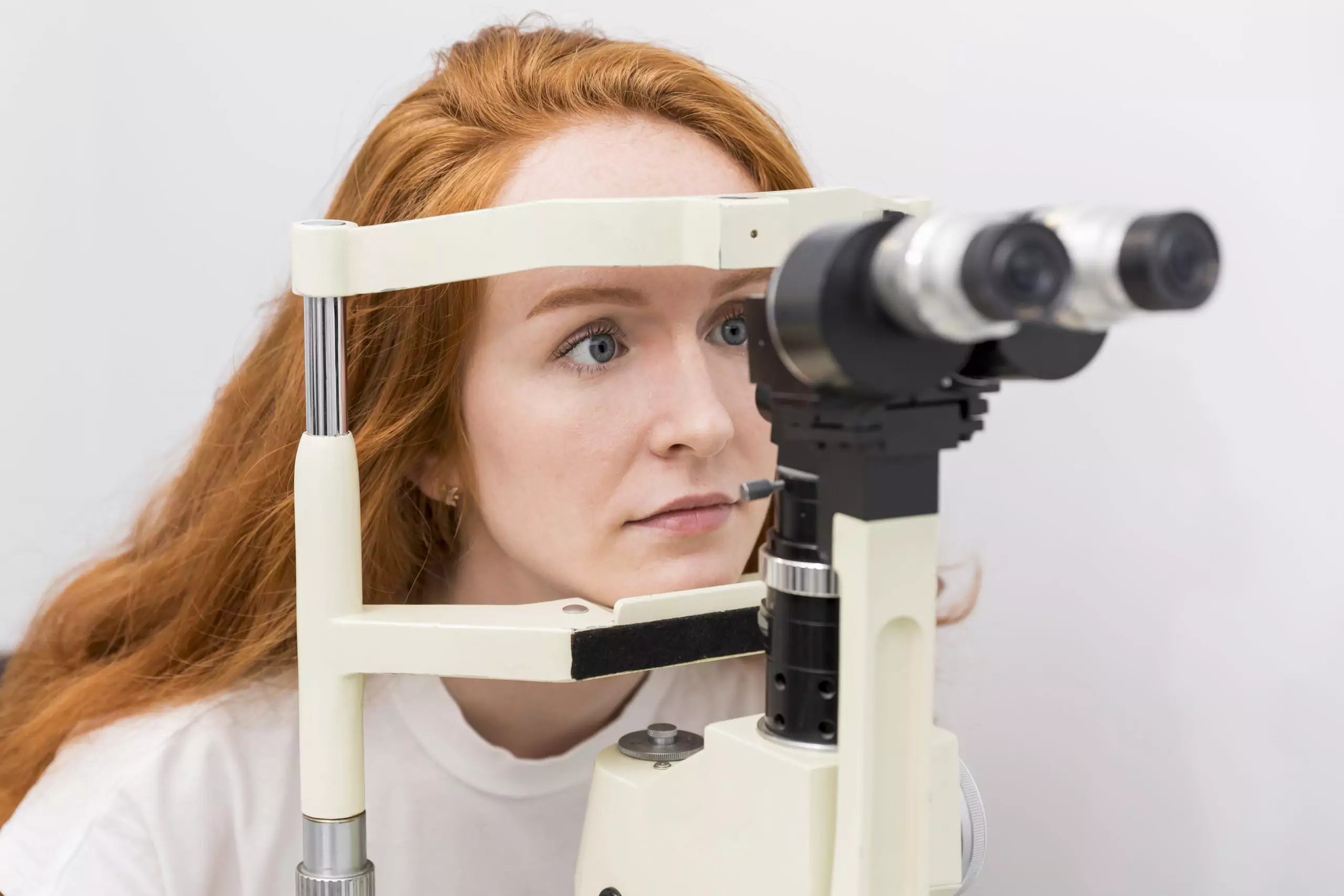Understanding Glaucoma Tests
Glaucoma is not actually one disease, but a group of eye disorders that can cause damage to your optic nerve and lead to vision loss, even blindness, if not treated early. Since glaucoma may not have noticeable symptoms for many years, special eye exams are the only way to detect optic nerve damage before the disease is advanced, and before irreparable vision loss has occurred. Here are the different glaucoma tests your eye doctor might perform, what they involve, and what they mean.
Six types of glaucoma tests
Glaucoma tests are generally quick and painless, and include one or more of the following exams.
- Internal eye pressure test (tonometry)
- Visual field tests (perimetry)
- Eye angle test (gonioscopy)
- Corneal thickness test (pachymetry)
- Pupil dilation test (ophthalmoscopy)
- Optic nerve imaging (optical coherence tomography)
Certain tests, like the eye pressure and visual field tests, are fairly standard when you go to the eye doctor. Others are more likely to be performed if your doctor suspects that you may have glaucoma, or if you are at high risk for developing it.

Your eyes will need to be dilated for your doctor to perform the necessary glaucoma tests—in order to better see the optic nerve.
(This image is from Freepik.)
Who is at higher risk for developing glaucoma?
You may be at higher risk for developing glaucoma if you:
- Are over 40 years old
- Are of African or East Asian descent
- Have a personal or family history of diabetes or hypertension
- Had a prior eye surgery or injury
- Have taken or are currently taking corticosteroid medications
Why would my doctor suspect that I have glaucoma?
Your eye doctor may suspect that you have glaucoma if you have been experiencing:
- Blurry vision or blind spots, particularly by the corners of your eyes
- Halos or rainbows around lights, including streetlamps
- Sharp eye pain, or eye pressure
- Headaches
- Red or bleary eyes
What should I expect when getting glaucoma tests?

While a normal vision test includes simple exams, like a refraction test seen here, an eye exam for glaucoma is more complex.
(This image is from Freepik.)
Glaucoma tests are usually performed by an ophthalmologist (a specialist in eye disorders), and are non-invasive. Here’s what you can expect during the different exams.
- Internal eye pressure check (tonometry). Your eye doctor first uses eye drops to numb the surface of your eye. They then use a tiny instrument to gently touch the surface of your eye and flatten the cornea to measure the pressure. Pressure above 22 mm/Hg is considered abnormal.
- Visual field test (perimetry). There are several perimetry tests that assess what, and how well, you see straight ahead, to the side, above, and below. The tests usually involve covering one eye, then tracking moving objects or lights with your other eye.
- Eye angle test (gonioscopy). After numbing your eye with eye drops, your doctor will lightly touch your eye with a lens that shows if the angle between your cornea and iris is open enough for proper fluid drainage. If the angle is closed, you may have glaucoma.
- Corneal thickness test (pachymetry). After numbing your eye with eye drops, the doctor will lightly touch your eye with a small, thin probe to test the thickness of your cornea. Thinness, especially in the center of your cornea, could indicate glaucoma.
- Pupil dilation (ophthalmoscopy). Your doctor uses eye drops to dilate (enlarge) your pupils, then shines a bright light into your eyes. This magnifies your optic nerve and retina, so the doctor can see their color, shape, and size, and if they are damaged.
- Optic nerve imaging. After your doctor dilates your pupils, you’ll rest your chin on a specially designed machine with a lens that takes photos of your optic nerve and retina. This is called optical coherence tomography (OCT). Your eyes are not touched.
After a glaucoma test
Glaucoma tests are safe, though you may experience some temporary restrictions or inconveniences after certain exams. If you have your pupils dilated, for example, you will need to wear dark sunglasses and should not drive right after your appointment. Glaucoma tests can make your eyes sensitive to light and your vision blurry. Ask your doctor what you can expect before, during, and after glaucoma tests.
Your test results are usually available immediately, and your doctor will review them with you during your appointment.


